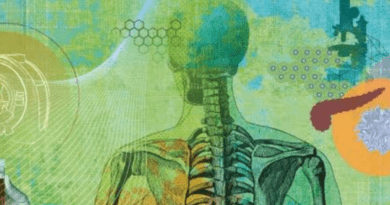Now: Massive Numbers Of Indian Students Seek Excellent Prospects
Pranay Karkale feels fortunate despite having to pay $60,000 in student loans and deplete years of savings to pursue a master’s degree in the US. In India, stories of families disposing of their land to fund their children’s education abroad are not uncommon.
Once he was accepted to Johns Hopkins University, Karkale was prepared to go above and beyond. He felt a degree from one of the top American universities would help him get a better job in the United States with more money than he would get in India.
A rapidly expanding, aspiring generation of young people from India is studying abroad in historic numbers, drawn by opportunities they cannot obtain at home. According to estimates from India, 1.5 million students are enrolled in institutions abroad, an eight-fold rise since 2012. The United States is the nation that draws in the most students.
While many Indian students view universities as stepping stones to professions outside, this is a loss for Indian education systems and a benefit for American ones. Universities in the United States have looked to India as a new source of full-price tuition payments since the historically high enrollment of Chinese students has declined.
India’s economy is expanding, and although jobs in industries like construction and agriculture are being generated, they don’t satisfy the needs of a workforce that has recently received an education, according to Rosa Abraham, an economist at Azim Premji University.
The capacity of India’s own higher education system is likewise limited. India’s best institutions are experiencing fierce rivalry for admission as a result of its population boom. While acceptance rates at Harvard University and the Massachusetts Institute of Technology are 3% and 4%, respectively, at certain prestigious Indian universities they have dropped as low as 0.2%.
Like many others, Lokesh Sangabattula is pursuing a Ph.D. in materials science at MIT with the goal of working in the United States. According to him, there isn’t much of a need for materials scientists in India, and his best guess is that he might become a professor. The tale is comparable for engineers.
There is a surge in interest in universities in Canada, Australia, and the United Kingdom, but none more than in the United States, where over 269,000 students from India are enrolled. India is on the verge of overtaking China as the country with the largest overseas presence on American college campuses, as seen by the skyrocketing number, which increased by 35% in the 2022–2023 academic year.
Even though the number of undergraduates is also increasing as India’s middle class grows, the great majority are there for graduate programmes, frequently in science, math, and engineering—disciplines where there has been a chronic labour shortage in the United States. One selling feature is the opportunity to work in the United States for up to three years following graduation. This is known as optional practical training and is a perk offered by the U.S. government.
American universities, which charge greater tuition to international students, have seen an increase in revenue as a result of the surge. This coincides with a growing number of Americans losing interest in higher education due to worries about student debt and the impression of liberal bias at universities. Because of strained political relations and a stagnating economy, the number of students studying in the United States from China has been dropping.
American universities are now frequently seen at college fairs in India. In addition to spending heavily to establish their brand in India, several are expanding their recruitment efforts throughout the nation’s smaller cities and villages in response to the growing demand for study abroad opportunities.
However, the great majority of young people in India still cannot afford to pursue an education abroad. Most people’s education in the United States is extremely expensive, and as a result of high default rates, Indian banks have reduced their student loan offerings.
There are obstacles in the way of obtaining a student visa, even for those who can afford it. The U.S. consulate in New Delhi often rejects applications from students.




